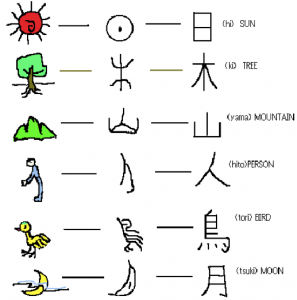 With spring break over and classes back in session, are you already bored of studying and need to relax by doing something different? Or, are you interested in knowing and experiencing foreign languages and different cultures? If so, you will likely enjoy International Week at Illinois. Our university appoints the second week of April as International Week. This year’s celebrations will last from Monday, April 4 to Sunday, April 10.
With spring break over and classes back in session, are you already bored of studying and need to relax by doing something different? Or, are you interested in knowing and experiencing foreign languages and different cultures? If so, you will likely enjoy International Week at Illinois. Our university appoints the second week of April as International Week. This year’s celebrations will last from Monday, April 4 to Sunday, April 10.
International Week is comprised of a series of educational, cultural, and recreational events designed to foster interest in our global community. Coordinated by Illinois International and a cross-campus organizing committee, International Week seeks to raise awareness about the breadth of international education, activities, and resources available to the Illinois campus and local community. The following are some highlights:
International Week 2016 Schedule
Mon, Apr. 4, 5:00-6:00 pm
Undergraduate Research, Study Abroad and Internship Opportunities
“Learn about Engineering undergraduate research, study abroad and internship opportunities! Meet the Engineering Coordinator of Undergraduate Research, and get involved!”
Tue, Apr. 5, 11:00 am-2:00 pm
Travel Around the World
“Travel Around the World (TATW) is an interactive experience that promotes cultural understanding and engagement. Illinois students will take on the role of ‘travelers,’ and will each receive an Illinois travel ticket. These ‘travelers’ will then be able to collect stamps from various ‘cultural destinations’ as they navigate booths created by Illinois students from across the globe.”
Wed, Apr. 6, 6:00 pm-7:30 pm
Peace Corps Info Session
“Change lives, including your own, by serving in the Peace Corps. You will make a difference for a community in need, gain cross-cultural skills and field experience for your career, and bring your global perspective back home to share with others. Join us at this Information Session to learn about Volunteer experiences, have your questions answered, and gain tips to guide you through the application process.”
Thu, Apr. 7, 3:00 pm-5:00 pm
Global Career Opportunity-Work Abroad
“5 panelists will share their work abroad experiences. They will also talk about how they found their employment opportunities, what intercultural challenges they faced, and how the work abroad experiences helped them in their career development. The list of the panelists will be announced soon.”
Fri, Apr. 8, 8:00 pm
Utopian Songwriting: Music, Nation, Modernity and Censorship in 1960s Brazil
“This concert/discussion explores multidisciplinary connections between music and political activism during the early years of the military dictatorship in Brazil as part of the on-going program on Global Utopias of the Center for Historical Interpretation. Held at a local club, the event presents music from Brazilian songwriters including Milton Nascimento, Chico Buarque, Gilberto Gil, Geraldo Vandre, Toninho Horta and Egberto Gismonti, who became prominent through music festivals organized by TV networks during the 1960s.”
Sat, Apr. 9, 2:30 pm-3:30 pm
Spanish Story Time: “Talking with Mother Earth/ Hablando con la madre tierra” by Lucia Angela Pérez
“Spanish Story Time is a community event organized by CLACS & the Urbana Free Library, since 2006. At this event, children and their parents join to participate in Spanish-English bilingual storytelling, live music and art.”
These events are only a few of all the events to be held during International Week. Check the International Week calendar to find an event that interests you and learn more about our global community. If you want more resources about foreign languages and cultures before, during, or after International Week, you are always welcome to visit us here at the International and Area Studies Library and at our library website.
Have a great International Week 2016!










